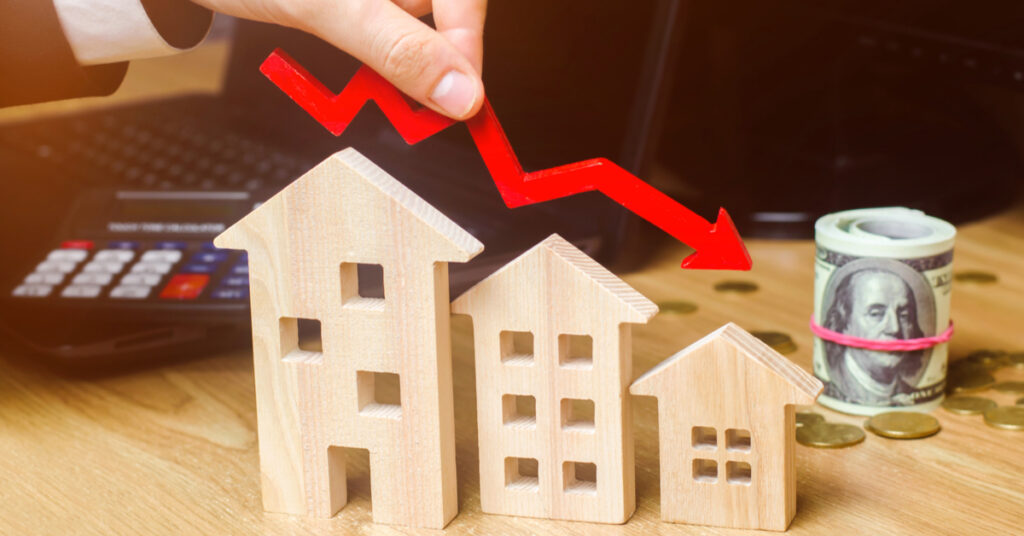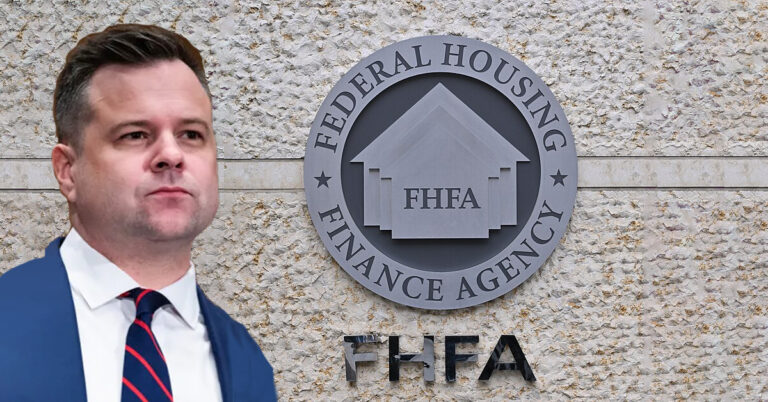Taken at face value, the persistence of low mortgage rates seems like quite the boon for housing affordability.
But according to Mark Fleming, chief economist for First American Financial Corp., consistently low mortgage rates actually can have a profoundly negative impact on the housing market’s potential. Fleming explained this duality as part of the company’s latest potential home sales model report for December 2019.
Potential existing-home sales that month increased to a seasonally adjusted annual rate of 5.3 million, an increase of 1.7% month over month. Year over year, the annual rate of potential existing-home sales grew by 134,460, or 2.6%.
The metric measures existing-home sales — including single-family homes, condominiums, townhomes and co-ops — weighted against several economic factors, including demographic data, homeowner tenure, house-buying power in the economy, home-price trends and financial-market conditions. Comparing potential existing-home sales to actual existing-home sales can provide a useful yardstick, according to First American.
For example, a level of actual existing-home sales significantly above potential home sales suggests that the pace of turnover isn’t sustainable and a market correction is likely. The same holds true if actual sales are well below potential sales, indicating that market turnover is underperforming the rate that market conditions can support.
This past December saw actual existing-home sales surpass housing-market potential by an estimated 64,830 seasonally adjusted annual sales, or about 1.2%. The market’s actual sales also exceeded potential sales this past November, eclipsing its potential by 2.8%, so December marks a shift toward equilibrium. Part of that shift is due to the aforementioned 1.7% month-over-month growth of potential sales. In November, that figure stood at 1.4%, so the growth of the housing market’s potential is accelerating.
Compared to the same month last year, the primary driver of growth in December 2019 was increased house-buying power, Fleming said. This house-buying power — how much a potential buyer can afford based on household income and current mortgage rates —was 12.5% higher this past December than one year earlier, increasing market potential by 316,000 potential home sales.
“The house-buying power surge was driven by the combined impact of lower mortgage rates, which were 0.92% lower in December than they were a year ago, and a 2.4% increase in annual household income,” Fleming explained. “Clearly, lower mortgage rates result in considerable affordability gains for potential homebuyers, which boost home-buying demand and, in turn, market potential.”
But even though falling interest rates can motivate homeowners to sell their current home and hunt for a new one, rates that remain steadfastly low can have the opposite effect, Fleming continued.
“There is little to no house-buying power benefit for homeowners with an already low mortgage rate, so the only way existing homeowners can increase their house-buying power is through household income growth,” he said. And with incomes growing at a weak pace, more homeowners are staying put, helping fuel the market’s currently low inventory issues.
“Prior to the recession, tenure length was less than six years on average,” Fleming said. “In December 2019, tenure length approached 12 years, up 8% compared with one year ago. According to our analysis, lower rates boost housing-market potential, but also discourage homeowners from selling and increase tenure length, thus reducing the supply of existing homes for sale. This is the duality of low mortgage rates.”
So, with observers anticipating that mortgage rates will stay below 4% for the next two years, what does that mean for the market?
“That doesn’t necessarily mean we should expect housing-market potential to decline,” Fleming said. “There are many considerations that go into one’s housing tenure decision, which could result in the desire to move. The lack of housing supply has been the norm for several years, yet the housing market has endured.”








